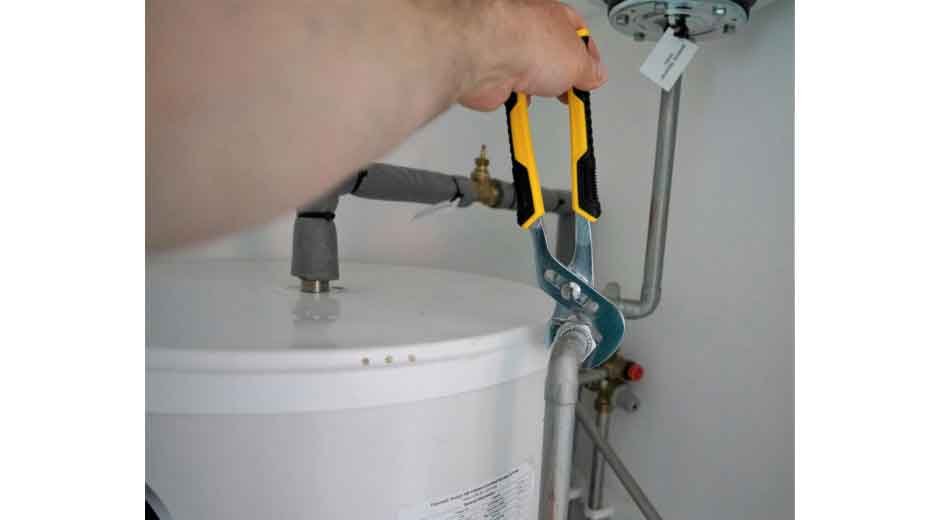Plumbing emergencies can occur unexpectedly and often lead to severe damage if immediate action is not taken. They range from minor leaks to burst pipes, and understanding how to react effectively is paramount to limiting damage and restoring normalcy. Preparedness and knowledge are your strongest allies in such scenarios. Keep reading to become equipped with the essential know-how to handle a plumbing crisis with confidence and efficiency.
Table of Contents
Understanding the Common Plumbing Emergencies and Immediate Actions
Plumbing emergencies often strike without warning, and knowing the most common types can help you respond appropriately. Burst pipes, severe leaks, and blocked drains are typical crises that homeowners face. A burst pipe can flood your home within minutes, whereas leaks could point to underlying issues that might go unnoticed until significant damage occurs. Blocked drains, on the other hand, might seem less dire but can lead to backflow and sanitation issues.
Each situation requires quick but different immediate actions. For instance, in the case of a burst pipe, the initial step is to shut off the main water supply to stop the flooding. With leaks, placing a bucket underneath to catch drips can prevent water from spreading. For blocked drains, refrain from using the affected plumbing fixtures and attempt to clear the obstruction if possible. By taking these preliminary steps, you can mitigate the immediate risks to your property.
If you’re unsure of how to manage a plumbing emergency, local resources can provide guidance. For example, residents needing emergency plumbing Dallas services can contact professionals who are accustomed to responding to such pressing matters. Employing a quick-thinking approach and knowing who to call can significantly reduce the negative impact of a plumbing mishap.
When to Turn Off Water Supply and How to Do It Quickly
Knowing when and how to turn off the water supply is crucial during a plumbing emergency. Generally, it is advisable to shut off the supply immediately when a burst pipe, major leak, or overflow occurs. This action halts the flow of water, thereby preventing floods and widespread water damage that could result in expensive repairs.
To turn off the water supply quickly, locate the main shut-off valve, which is usually found near the water meter or where the main water line enters the house. All household members must know its location in advance. Once located, turn the valve clockwise to cut the water supply. In cases where you cannot locate the main valve or it’s inaccessible, turning off the valve nearest to the problematic fixture is an alternative.
For apartment dwellers or those living in multi-unit buildings, the process might differ. It’s essential to understand your building’s specific protocols for shutting off water in emergencies. Some buildings have individual shut-off valves for each unit, while others may require contacting maintenance personnel or a building manager to access the main valve.
Identifying When to Call a Professional Plumber During an Emergency
Recognizing when to call a professional plumber is vital in preventing plumbing issues from escalating. Minor leaks or routine drain clogs might be handled with do-it-yourself fixes, but more severe situations like burst pipes or sewage backups require expert intervention. It’s smart to call for professional help when the problem is beyond your skill level, tools, or poses potential risks to your health and safety.
Timing is also critical when dealing with plumbing emergencies. Delays in seeking professional help can lead to increased damage and repair costs. A professional plumber can assess the situation accurately, perform necessary repairs, and advise on any preventive measures to avoid future issues. Knowing the contact information for a reliable plumber in advance can expedite service during an emergency.
Essential Plumbing Tools Every Homeowner Should Have for Emergencies
While calling a professional should be your priority in severe cases, having a set of essential plumbing tools can help you manage minor issues or control a situation until help arrives. A plunger is the most basic tool that can help clear simple clogs in toilets, sinks, and drains. A high-quality, adjustable wrench is also indispensable for tightening or loosening pipe fittings and valves.
As part of your emergency toolkit, you should include a pipe wrench, used for gripping and turning pipes, and Teflon tape, which helps prevent leaks by sealing threaded pipe joints. A hand auger or plumber’s snake is extremely helpful for dislodging blockages that are too stubborn for a plunger. These tools can be used to manage many common problems temporarily.
Overall, understanding plumbing emergencies and being prepared to act promptly can significantly reduce the damage and stress associated with such unforeseen events. Equipping yourself with knowledge, the right tools, and the contact information of a professional plumber can make all the difference when addressing plumbing issues effectively and safely.
